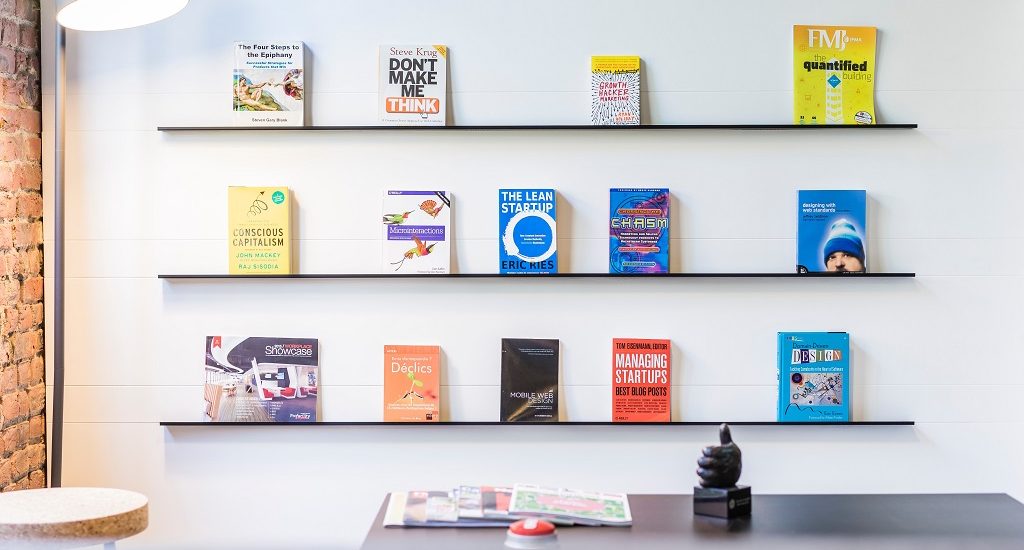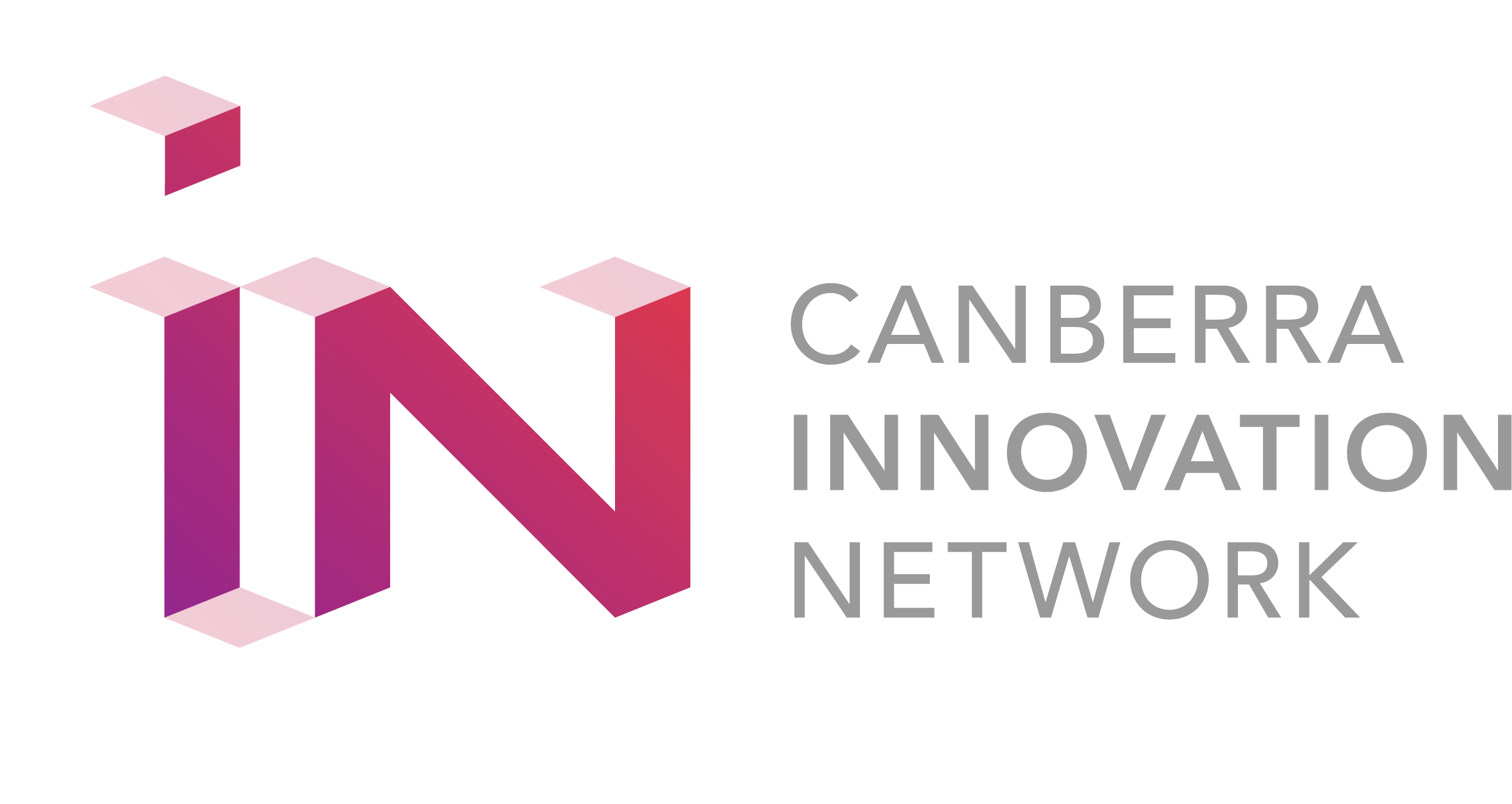- 19 May 2020
- Posted by: Canberra Innovation Network
- Category: General News

Originally written for the Canberra Institute of Technology (CIT) Excite Magazine.
In the startup world you’ll hear the term ‘lean innovation’ thrown around quite a lot. It’s a style of analysis, a way of thinking, a practice – a methodology.
It’s all about experimentation rather than detailed planning. The idea that you are constantly altering, tinkering and shifting for incremental improvements. This is traditionally used in the business world, especially for startups who don’t have money or time to spare; It’s full of some really valuable tools and techniques that can help in all aspects of life in study, work and creative projects.
Here are three key elements to think about:
Talk to people
Imagine this: You’ve spent an entire year working on a project. It’s perfect. You had the option of doing this as group work – but no way, keep it to yourself, keep it secret and keep it safe. All for the big reveal… the reveal for the best project ever. A+ material.
Except, you’ve written it in a language no one understands. You’ve made a project no one wants. Someone else created the exact same project at the exact same time – or even worse, it has existed for years.
You should have told someone. One of the super important elements to this approach of lean innovation is to make sure there is a need for what you are creating. So, talk to people. Keep them in the loop and ask if you are on the right track. Ask them if its something they want, something they would use and something they would spend money on.
Think about your audience
We often talk about the elevator pitch. The idea that if you had a millionaire in the elevator with you, a once-in-a-lifetime chance and 60 seconds to convince them to work with you. What would you say?
The way you present and speak will be very different depending on who you are talking to. Think about the last presentation you did in class – the grade you got, the work you did. Now how would you change that if a group of 10-year-olds was marking it? What would you say differently if it was your parents? Your crush?
Keeping your audience in mind when planning your project can help you effectively communicate your message and increase the chances of getting the results you want.
The MVP
Who’s the most valuable player? The real MVP? We’re talking about the Minimum Viable Product. This is the draft. It’s the absolute basic easy, cheap version of your product that contains everything in it for people to be able to give you feedback. Build, measure, learn and ask simple questions to solve problems along the way.
Test your MVP with real people before you start spending money on it. Get feedback, gain insights and make changes before you send it out to the world or get 10,000 manufactured.
Launching a new product or project can be daunting! We use the lean innovation method daily to minimise the risk and increase the value for the customer, in the fastest and cheapest leanest way possible.
This month’s homework reading: The Lean Startup by Eric Reis.
Do you have a startup or a business idea? Have you invented something new or just keen to learn more about lean innovation? Let us know at the Canberra Innovation Network.

